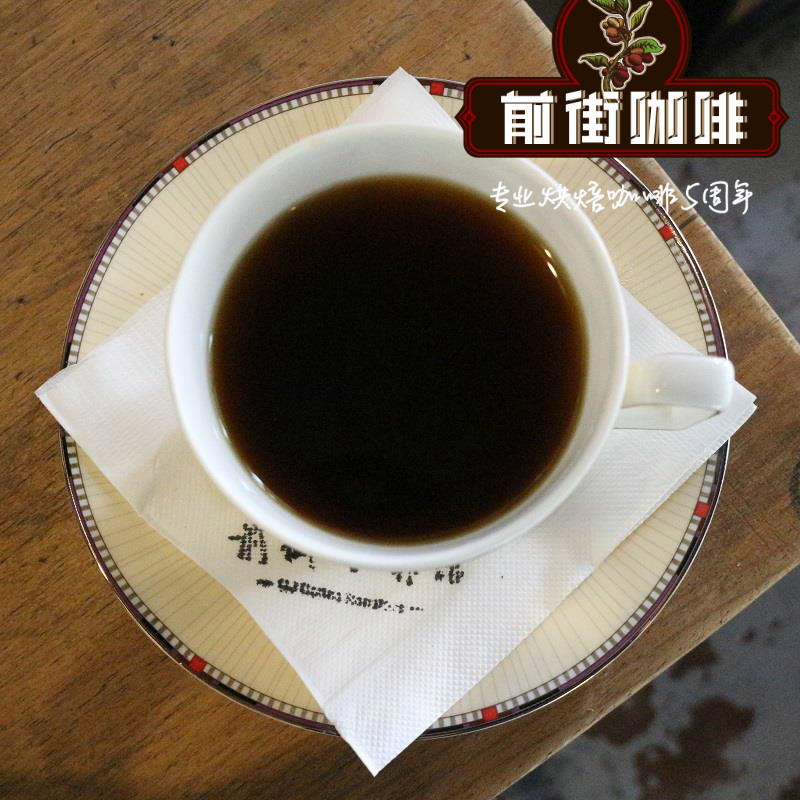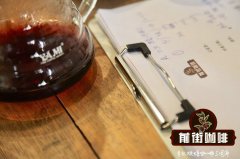Why pick defective beans? What kind of coffee flavor will defective beans bring?

Professional coffee knowledge exchange More coffee bean information Please pay attention to coffee workshop (Weixin Official Accounts cafe_style)
Coffee is a crop, so raw coffee beans, naturally there may be many different defects, I believe you ask any producer or roaster, will tell you like this. Fortunately, these flaws can be identified with the naked eye, so as long as the roaster has enough experience, it is not too difficult to notice coffee beans with bad characteristics and remove them before serving.
Multiple central fractures
As the name suggests, these beans are spoiled by excessive fermentation during processing. It looks a bit rotten and has a tobacco-like color. One or two of these problematic beans are enough to ruin a cup of coffee because they have a strong rancid and sour taste. Even beans that are only slightly overfermented already have a distinct onion flavor.
diseased bean
Common coffee tree diseases include coffee berry disease and leaf rust. The fruits of diseased coffee trees are mostly stunted and dark in color. If coffee berries are picked carelessly or indiscriminately by machines, diseased berries and green beans can mix with normal, healthy coffee, potentially spreading disease.
The more you understand the flaws in raw beans, the more you know what steps to take to solve, prevent, and avoid them. Analyzing raw beans is one of many quality control measures in the specialty coffee industry. The better the cooperation between coffee producers and roasters, the less likely these defects will occur. It is also important to understand coffee growing areas and their environment, climate, changes, etc. Some regions may have just experienced drought, while another region is experiencing heavy rains, or coffee from some producing countries may be particularly vulnerable to coffee leaf rust or berry rot. The point is, as a baker, the more up-to-date and informative you are, the better able you are to make informed decisions about buying raw beans.
Usually at Front Street Coffee, we pick the defective beans at least three times, once before roasting, once after roasting and once before brewing.
Important Notice :
前街咖啡 FrontStreet Coffee has moved to new addredd:
FrontStreet Coffee Address: 315,Donghua East Road,GuangZhou
Tel:020 38364473
- Prev

How does the defective flavor of coffee come from? Why does coffee smell like potatoes?
More information about coffee beans Please follow Coffee Workshop (official Wechat account cafe_style) one reason for the economic miracle of Rwanda's success today is its booming specialty coffee industry, which, along with tea, accounts for a large part of the country's exports. However, despite this success, coffee from Rwanda and neighboring Burundi is still being used.
- Next

What is the smell of defective coffee beans? How do coffee defective beans come from?
Professional coffee knowledge exchange more coffee bean information Please pay attention to the coffee workshop (Wechat official account cafe_style) the original flavor of coffee beans can determine the toning trend of a cup of coffee, but after roasting, the flavor of each coffee bean will be sublimated and condensed into a number of coffee beans with sweet and mellow flavor. The most important treasure of coffee beans is flavor and high organization.
Related
- Beginners will see the "Coffee pull flower" guide!
- What is the difference between ice blog purified milk and ordinary milk coffee?
- Why is the Philippines the largest producer of crops in Liberia?
- For coffee extraction, should the fine powder be retained?
- How does extracted espresso fill pressed powder? How much strength does it take to press the powder?
- How to make jasmine cold extract coffee? Is the jasmine + latte good?
- Will this little toy really make the coffee taste better? How does Lily Drip affect coffee extraction?
- Will the action of slapping the filter cup also affect coffee extraction?
- What's the difference between powder-to-water ratio and powder-to-liquid ratio?
- What is the Ethiopian local species? What does it have to do with Heirloom native species?

